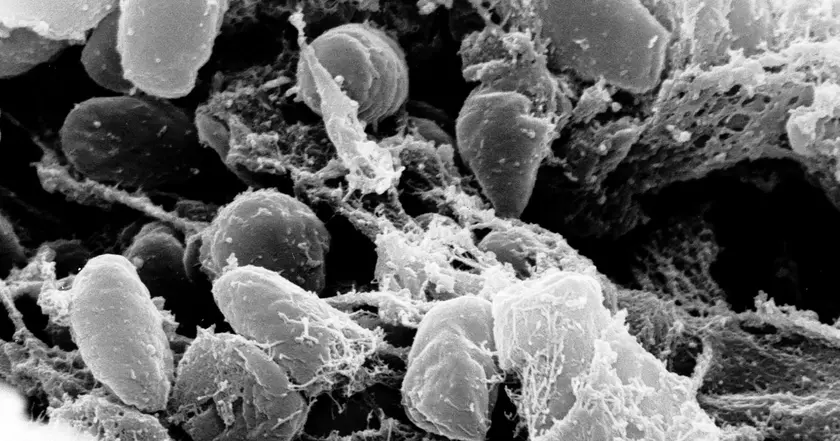T4K3.news
Plague case confirmed in South Lake Tahoe area
A South Lake Tahoe resident tested positive for plague after camping; patient is recovering at home.

A South Lake Tahoe resident tested positive for plague after camping, prompting precautionary guidance for outdoors and pets.
Plague case confirmed in South Lake Tahoe area
A resident of South Lake Tahoe has tested positive for plague, health officials in El Dorado County said this week. The patient is recovering at home under medical supervision, and officials are investigating how the infection occurred. It is believed the person may have been bitten by an infected flea while camping in the South Lake Tahoe area. Local authorities urge caution for people and pets in areas where wild rodents are present.
Plague is present in California in some high elevation areas, and transmission to people occurs mainly through fleas that have bitten infected wild rodents. Health officials note that dogs and cats can bring infected fleas indoors. Public health departments monitor rodent populations to track plague activity. In El Dorado County, surveillance identified 41 exposed rodents from 2021 to 2024, with four positives so far in 2025, all within the Tahoe Basin. The last human case in the county was in 2020, tied to the South Lake Tahoe area, with earlier cases in Yosemite National Park in 2015. Authorities say while human cases are extremely rare, they can be serious, and early antibiotic treatment is effective.
Key Takeaways
"Plague is naturally present in many parts of California, including higher-elevation areas."
Kyle Fliflet on disease presence in the state
"It’s important that individuals take precautions for themselves and their pets when outdoors, especially while walking, hiking and/or camping in areas where wild rodents are present."
Kyle Fliflet on outdoor precautions
"Vector control workers would complete eradication treatments in the area."
U.S. Forest Service statement on vector control
"Symptoms typically appear within two weeks of exposure and include fever, nausea, weakness and swollen lymph nodes."
Public health guidance on symptoms
This episode reinforces how easily nature and people share space in popular outdoor spots. Officials strike a careful balance between informing residents and avoiding alarm, reminding hikers and campers that risk exists even in beloved destinations. The response shows the value of ongoing surveillance and clear guidance for outdoor safety, including pet management and avoidance of rodent burrows. In a region driven by tourism and recreation, public health communications must stay precise and practical to prevent panic while encouraging prudent behavior.
Highlights
- Tiny fleas, big headlines in the mountains
- Public health stays vigilant even when the risk is small
- Keep pets safe and away from rodent burrows
- Nature and people share space with care
Public health risk linked to outdoor activity
The case underscores ongoing vector-borne disease presence in popular outdoor areas and the need for continued education and surveillance. While risks to individuals remain low, clear guidance is essential to protect people and pets.
Outdoor lovers should stay informed and prepared as the season unfolds.
Enjoyed this? Let your friends know!
Related News

Plague case confirmed in Tahoe resident

Plague case confirmed in California

Plague case confirmed near Lake Tahoe

Lake Tahoe plague case confirmed

Plague case confirmed in South Lake Tahoe

Plague case reported in South Lake Tahoe area

California Plague Case Confirmed

Plague case near Lake Tahoe confirmed
